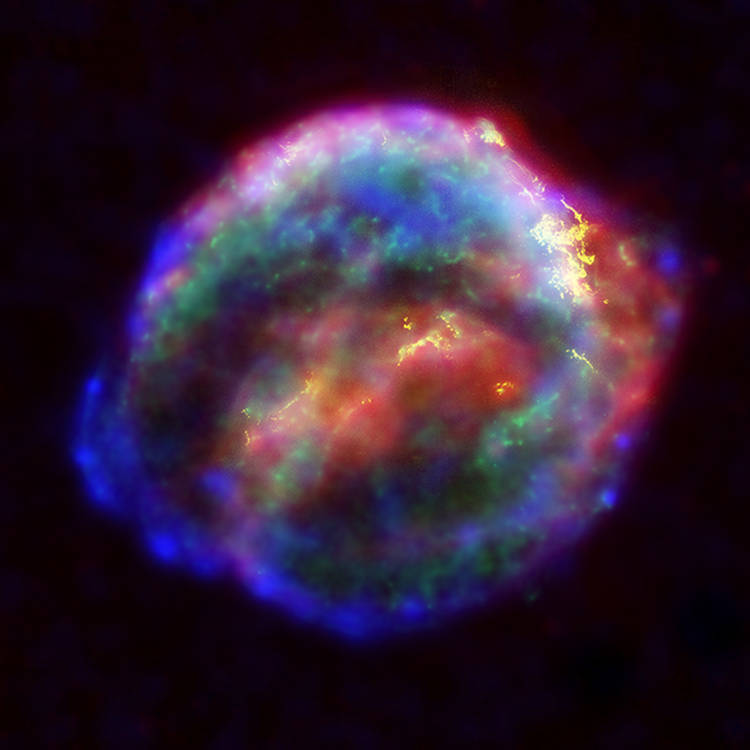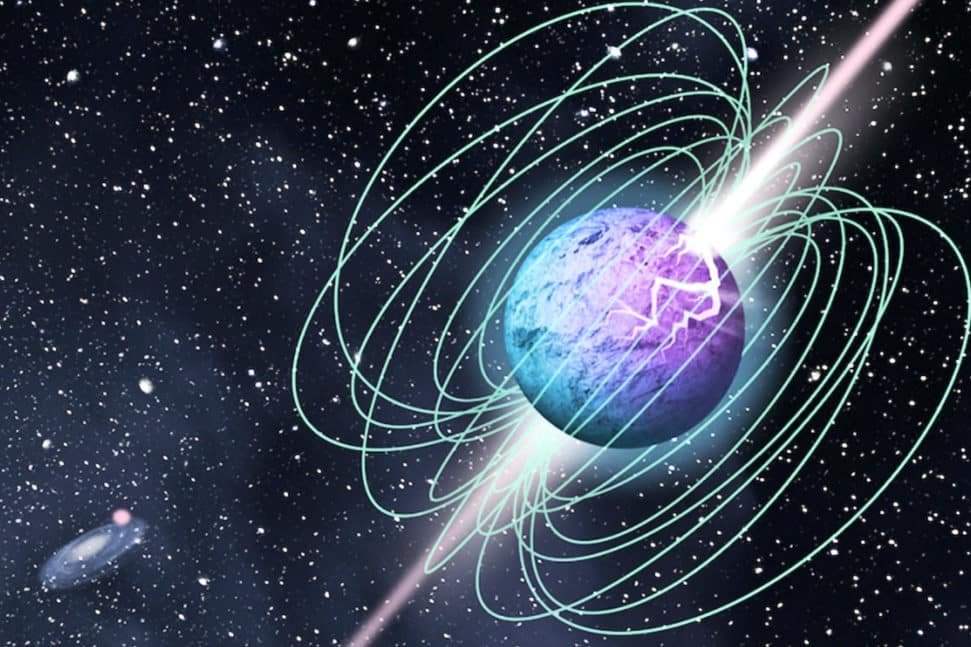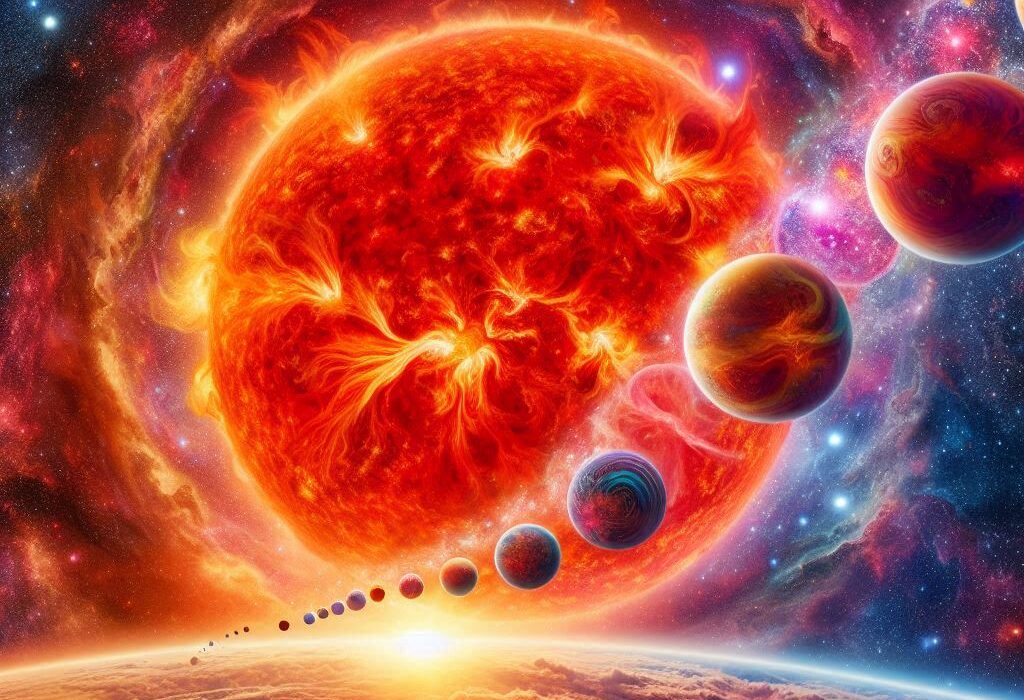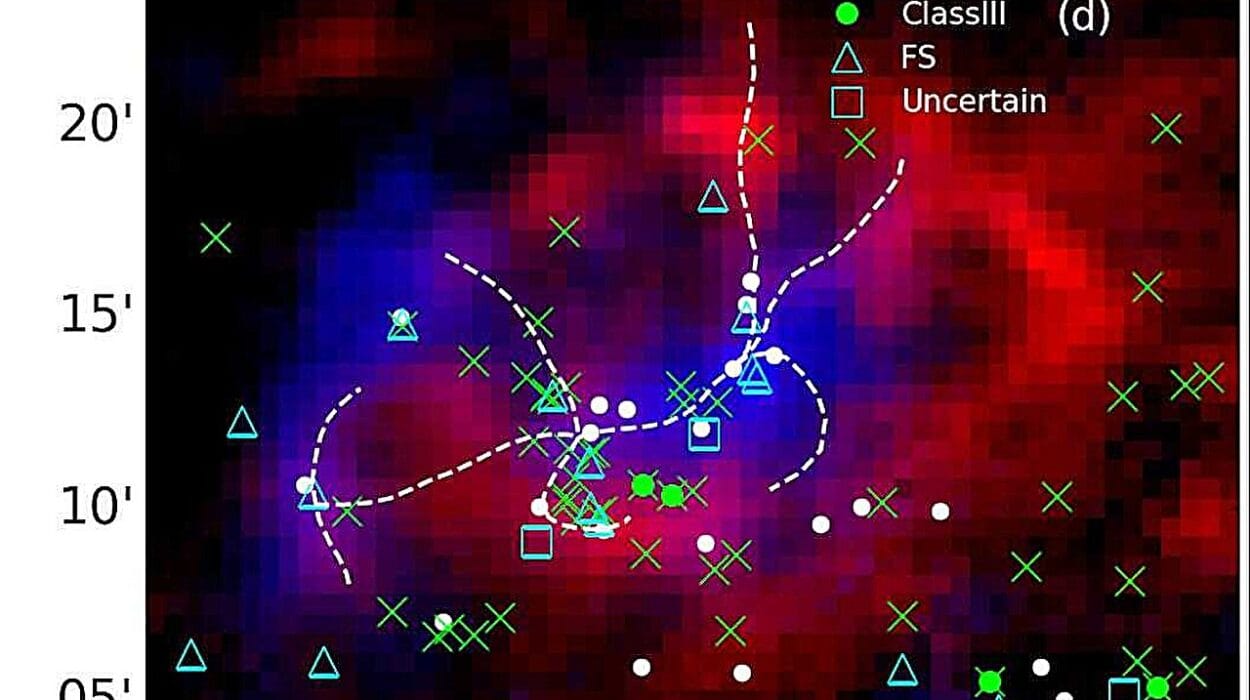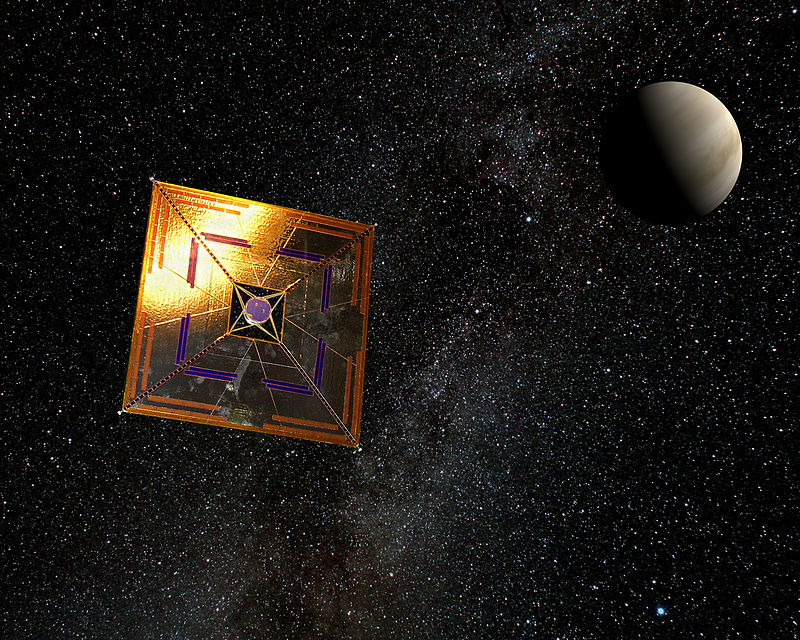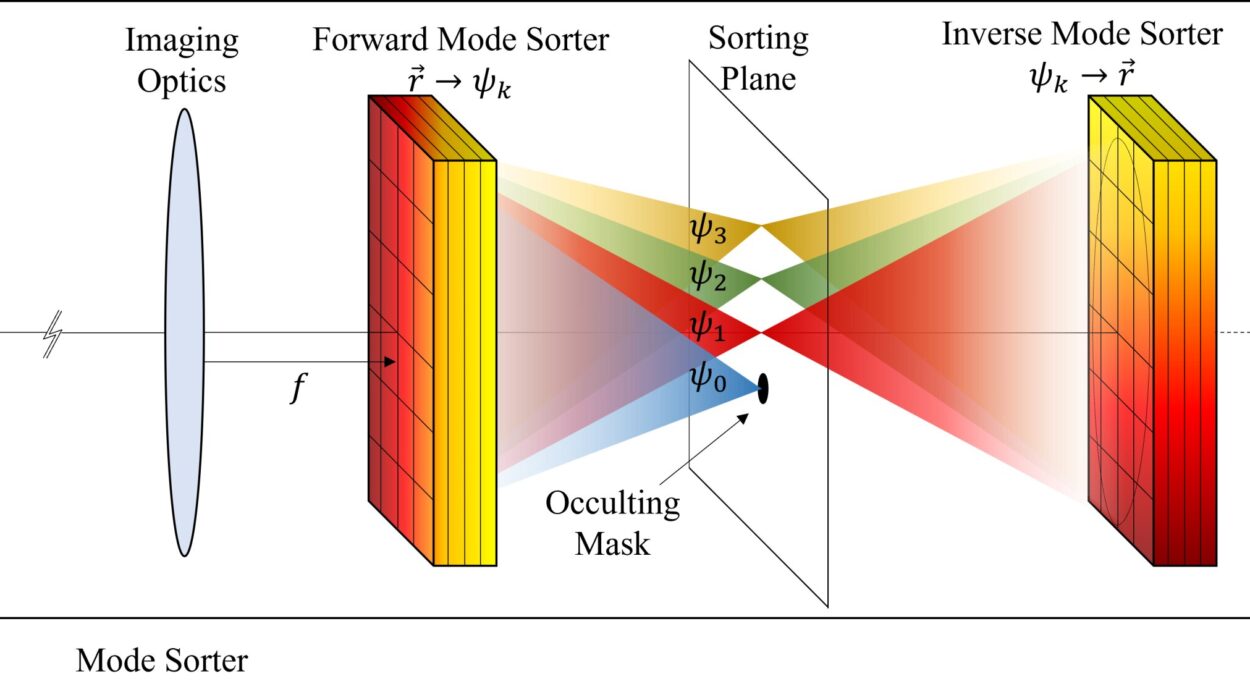The life cycle of a star is a remarkable story of birth, evolution, death, and rebirth that plays out over millions or even billions of years. Stars, those burning balls of gas scattered throughout the cosmos, are not just celestial bodies but cosmic factories, forging the elements necessary for life and influencing the very shape of galaxies. The journey of a star from its first spark to its final explosion is a tale of incredible transformations, showcasing the dynamic forces of nature. In this article, we will explore the fascinating process of how stars form, evolve, and ultimately meet their spectacular end, whether in a dramatic supernova or a quiet fade.
The Birth of a Star: From Dust to Flame
The story of every star begins in a cold, dark corner of space, within the hearts of molecular clouds. These clouds, often referred to as “stellar nurseries,” are composed of vast amounts of hydrogen and dust, slowly drifting in the void. Within these clouds, temperatures are incredibly low, and the particles are scattered far apart. The conditions seem inhospitable, but these clouds hold the raw ingredients needed for star formation.
Over time, gravity begins to take hold. Small fluctuations in the cloud’s density cause regions to collapse under their own weight. As matter in these dense regions gathers together, it begins to heat up, forming a protostar—a dense, glowing ball of gas at the center of the collapsing cloud. This early stage of star formation is marked by intense pressure and heat, but the star is not yet shining in the way we recognize. The gas is still mostly hydrogen and helium, and it is not until the temperature and pressure rise high enough that nuclear fusion can begin to ignite the star.
The birth of a star is a delicate balance between gravity, which pulls the gas inward, and pressure from the energy generated by fusion reactions, which pushes outward. As long as these forces are in equilibrium, the star will continue to exist in a relatively stable state. This delicate dance between gravity and radiation forms the core of the star.
Protostar: The Hot and Turbulent Beginning
Before a star becomes fully mature, it enters the protostar phase. During this time, the forming star is still gathering material from its surrounding environment. As the gas falls inward, it heats up, forming a dense, glowing core. The temperature in the core of a protostar can rise to millions of degrees, but nuclear fusion hasn’t yet begun. The protostar itself is mostly powered by the gravitational energy released as matter falls inward.
In this early stage, the protostar may exhibit dramatic behaviors. It can produce powerful winds, pushing away surrounding gas and dust, and creating spectacular outflows of material. These outflows help to clear away the surrounding material and allow the star to become visible. Protostars are often surrounded by vast clouds of gas, and in many cases, these clouds can be seen in infrared light as they are heated by the star’s growing energy.
This phase can last anywhere from hundreds of thousands to millions of years, depending on the size of the forming star. During this time, the protostar slowly increases in temperature and pressure at its core. Once the core temperature reaches around 10 million degrees Celsius, nuclear fusion reactions begin, marking the transition from a protostar to a fully-fledged star.
Main Sequence: The Stable Phase
The most recognizable phase in the life cycle of a star is the main sequence phase. The star has reached a stable balance where the forces of gravity pulling inward and the outward pressure from nuclear fusion are in perfect harmony. During this phase, which can last billions of years, a star’s core is constantly undergoing nuclear fusion, turning hydrogen into helium.
The process of fusion releases an immense amount of energy, which is emitted as light and heat. This energy is what makes stars shine and provides the warmth that sustains life on planets like Earth. In the main sequence phase, the star burns through its hydrogen fuel at a steady rate, keeping the star in a stable condition. The temperature at the core can reach up to 15 million degrees Celsius, and the outer layers remain relatively cool, providing the light and heat that we see as starlight.
Stars come in all sizes, and their position on the main sequence depends largely on their mass. Smaller stars, such as red dwarfs, burn their hydrogen fuel slowly and can remain on the main sequence for tens to hundreds of billions of years. In contrast, larger stars, like our Sun, have much shorter lifespans and can burn through their hydrogen fuel in just a few billion years.
The main sequence is the longest and most stable period in the life of a star, and it is during this phase that stars reach their full brilliance. It is also the phase when stars exhibit their most recognizable features, such as sunspots, solar flares, and coronal mass ejections. These phenomena are caused by the complex magnetic fields that arise as a result of the star’s rotation and convection currents within its interior.
The Red Giant Phase: When a Star Expands
Once a star exhausts its hydrogen fuel in its core, the balance between gravitational pressure and radiation pressure is disrupted. The core begins to contract under gravity, and the outer layers of the star expand and cool, turning the star into a red giant.
In this stage, nuclear fusion shifts from hydrogen to helium, and the core becomes much hotter. This allows the star to begin fusing heavier elements, such as carbon and oxygen. The outer layers of the star, which are no longer supported by fusion, expand dramatically, and the star becomes many times larger than it was during its main sequence phase.
For stars like our Sun, the red giant phase is the beginning of the end. The outer layers of the star can expand so far that they may engulf the inner planets, including Mercury, Venus, and potentially Earth. As the star continues to burn through heavier and heavier elements, the core becomes increasingly unstable. This phase of the star’s life is characterized by intense solar winds and occasional mass ejections, which can lead to the loss of significant amounts of the star’s outer layers.
For smaller stars, the red giant phase lasts much longer than it does for larger stars. They slowly burn through their fuel, shedding mass and growing increasingly unstable, before eventually reaching the end of their life cycle. However, for massive stars, the red giant phase is just the beginning of an even more dramatic transformation.
The Planetary Nebula: Shedding the Outer Layers
In stars like our Sun, the red giant phase is followed by the shedding of the outer layers to form a planetary nebula. As the core continues to collapse, the outer layers are blown away by intense solar winds. These gases form a colorful shell of ionized gas and dust that expands into space.
Planetary nebulae are beautiful and complex structures, often characterized by intricate shapes and stunning colors. The colors come from the ionization of different elements in the gas, which emit light at specific wavelengths. These nebulae can last for thousands of years before dispersing into the interstellar medium.
While the term “planetary nebula” might suggest a connection to planets, the name is actually a misnomer. Early astronomers mistakenly thought that the round shape of the nebulae resembled the appearance of planets in a telescope. In reality, these nebulae represent the final, dramatic stage in the life of a medium-sized star.
Once the outer layers have been ejected, the remaining core becomes a white dwarf, a dense, hot remnant of the star that no longer undergoes fusion. Over the course of billions of years, the white dwarf will cool and fade, but it will never undergo a massive explosion like more massive stars do.
The Supernova: The Violent Death of a Massive Star
For massive stars, the end is far more violent. When a star with at least eight times the mass of the Sun runs out of fuel, it can no longer maintain the delicate balance between gravity and radiation pressure. The core contracts and heats up even more, while the outer layers are violently expelled in a massive explosion known as a supernova.
A supernova is one of the most spectacular events in the universe, releasing more energy in a few seconds than the Sun will emit in its entire lifetime. This explosion creates a shockwave that can trigger the formation of new stars and even lead to the creation of heavy elements like gold and uranium. Supernovae play a crucial role in the chemical enrichment of the universe, spreading the elements created in the star’s core throughout the cosmos.
After the explosion, the core of the star may collapse into a neutron star, a dense, rapidly rotating remnant composed almost entirely of neutrons. If the star was massive enough, the collapse may continue until a black hole is formed, a region of space where gravity is so intense that not even light can escape.
Supernovae are not only dramatic events but also essential to the creation of the elements that make up planets, stars, and life itself. Without supernovae, the universe would be a much less interesting place, lacking many of the heavy elements necessary for the formation of planets and life as we know it.
The Fate of Stars: From Birth to Death
The life cycle of a star is a story of transformation, from a swirling cloud of gas to a brilliant beacon in the sky, and ultimately, to its final fate. Whether a star ends its life as a white dwarf, a neutron star, or a black hole, its death is not the end but a critical part of the cosmic cycle.
Stars are the engines of the universe, forging the elements that make up everything we see around us. Their lives give birth to galaxies, create new stars, and form the building blocks for life. The processes that govern their formation and demise are not only a testament to the forces of nature but also a reminder of our place in the vast and ever-changing cosmos.
As we continue to observe and study the lives of stars, we gain a deeper understanding of the universe’s origins, its current state, and its ultimate fate. The life cycle of a star is not just a cosmic phenomenon; it is the story of how the universe itself evolves and adapts, with each star playing a crucial role in the grand narrative of existence.
